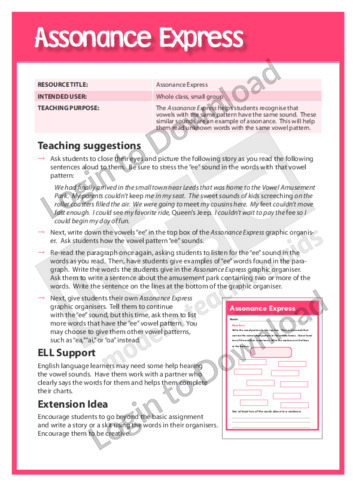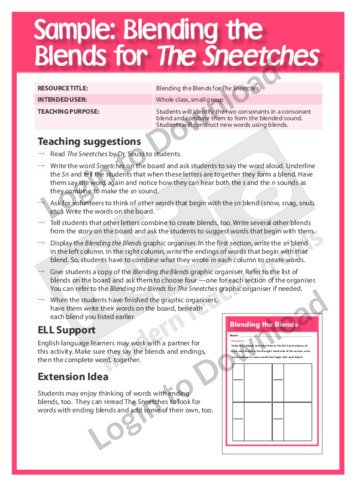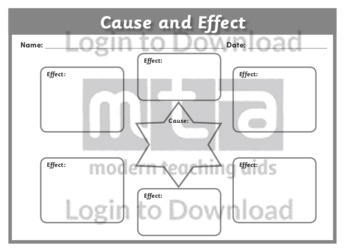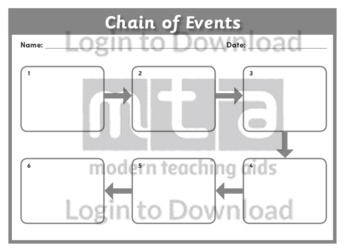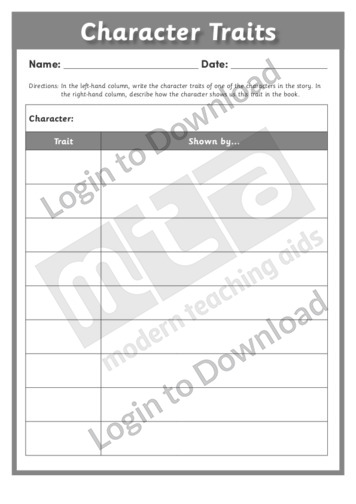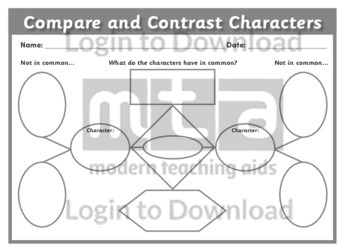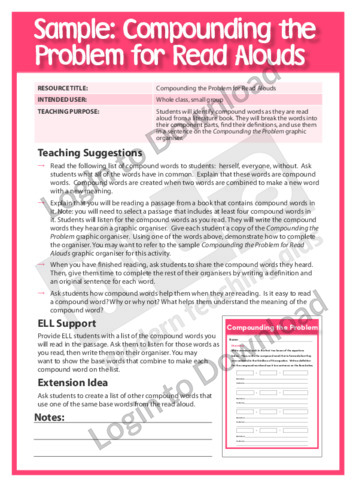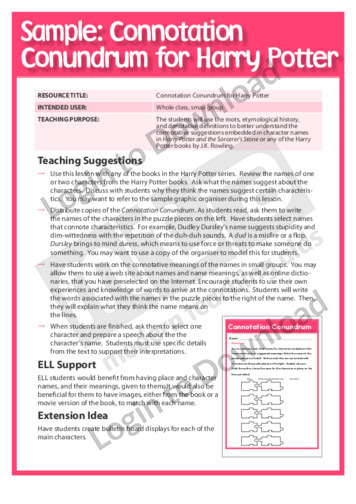This graphic organiser, ‘A Little Alliteration’ asks students to apply what they know about sounds to create alliteration phrases of their own.
This graphic organiser, ‘A Little Alliteration for Animalia’ asks students to select three words that have the same beginning sound and form phrases from the book Animalia by Graeme Base, then write the three words in sequential order.
This graphic organiser, ‘A Picture Tells a Thousand Words’ asks students to judge the importance of a photograph or other picture in a non-fiction text based on how much information it gives.
This graphic organiser, ‘A Web of Words’ helps students to build vocabulary as they learn the meaning of words and determine how each word relates to other words.
This graphic organiser, ‘A Web of Words for Science Vocabulary’ helps students build science vocabulary by analysing the meaning of words.
This graphic organiser, ‘All About Words’ provides a graphical mind map that students can use to organise information and understand the meaning of new vocabulary. The resource prompts students to identify the new word, describe it using examples and non-examples, describe its characteristics and then create their own definition. It can be used when exploring …More
This graphic organiser, ‘All About Words’ provides a graphical mind map that students can use to organise information and understand the meaning of new vocabulary. The resource prompts students to identify the new word, give examples of what it is like, give examples of what it is not like, describe it using examples and then …More
This graphic organiser, ‘Alphabet Boxes’ helps students to establish letter/sound correspondence as they think of items that begin with a particular sound and link the two together.
This graphic organiser, ‘Alphabet Boxes for Alphabet Books’ helps students to establish letter/sound correspondence as they link images that begin with a particular sound to letters of the alphabet.
This graphic organiser, ‘Alphabet Soup’ allows students to sort and classify words with the same word patterns.
This graphic organiser, ‘Amazing Analogies’ helps students to build vocabulary by finding the relationship between two words, they must learn the meaning of each word in order to make the analogies.
This worksheet, ‘An Outline of Easter’ is a great resource to supplement Christian teaching at Easter. Students are given the opportunity to outline the events that occurred from when Jesus Christ rode into Jerusalem on a donkey, to Jesus ascending into Heaven.
This graphic organiser, ‘And the Beat Goes On’ allows students to phrase a text rather than reading it word-by-word to better understand the meaning of the text.
This graphic organiser, ‘And the Beat Goes On for Wright Brothers’ asks students to practise reading a text in phrases that are read with fluency, rather than word-by-word, to better understand the meaning of the text.
This graphic organiser, ‘Applauding Affixes’ asks students to identify affixes in words, as well as how they help to shape a word’s meaning.
This graphic organiser, ‘Applauding Affixes for the Classroom’ asks students to apply their knowledge of affixes to the classroom as they search for words that contain given affixes.
This graphic organiser, ‘Asking Questions’ prompts students to create questions using one word from the left column and one word from the top row. It is a great resource that assists students in creating progressively more complex, higher-order questions when analysing texts. It can also be used by teachers to develop questions that are targeted …More
This graphic organiser, ‘Assonance Express’ helps students to recognise that vowels with the same pattern have the same sound.
This graphic organiser, ‘Ballooning Vowel Pairs’ asks students to compare and explain the difference between words that contain the same vowel sounds, but have different vowel pairs.
This graphic organiser, ‘Ballooning Vowel Pairs for Bartholomew and the Oobleck’ asks students to differentiate between the ‘ew’ and ‘oo’ vowel pairs as they select appropriate words from the book Bartholomew and the Oobleck by Dr Seuss.
This graphic organiser, ‘Blending the Blends’ asks students to combine two consonants to create a new sound that contains each of the blended letter sounds.
This graphic organiser, ‘Blending the Blends for The Sneetches’ asks students to identify the two consonants in a consonant blend and combine them to form the blended sound.
This graphic organiser, ‘Book Report’ guides students through the process of writing a report on a fictional or non-fictional book. Book reports can be challenging as they require students to use higher-order thinking skills whilst critically evaluating the text. Using this resources will prompt students to correctly structure their report when organising and planning ideas …More
This graphic organiser, ‘Book Report’ guides students through the process of writing a report on a fictional or non-fictional book. Book reports can be challenging as they require students to use higher-order thinking skills whilst critically evaluating the text. Using this resources will prompt students to correctly structure their report when organising and planning ideas …More
This graphic organiser, ‘Book Talk’ encourages students to personally engage with reading material to formulate independent opinions and ideas.
This graphic organiser, ‘Book Talk for Bridge to Terabithia’ helps students reflect on what has been learnt after reading and to formulate ideas, opinions and personal responses to the text.
This graphic organiser, ‘Break it Down’ allows students to practise thinking of descriptive words and to sort the words by syllables.
This graphic organiser, ‘Cause and Effect’ combines brainstorming and mind mapping skills to build an understanding of the relationship between four different causes and their effect(s). It helps students to visualise all possible connections instead of simply focusing on the obvious and can be used as a pre-writing task to logically organise ideas.
This graphic organiser, ‘Cause and Effect’ combines brainstorming and mind mapping skills to build an understanding of the relationship between six different causes and their effect(s). It helps students to visualise all possible connections instead of simply focusing on the obvious and can be used as a pre-writing task to logically organise ideas.
This graphic organiser, ‘Cause and Effect’ combines brainstorming and mind mapping skills to build an understanding of the relationship between six different causes and their effect(s). It helps students to visualise all possible connections instead of simply focusing on the obvious and can be used to logically organise ideas during a post-reading, comprehension task.
This graphic organiser, ‘Cause and Effect’ combines brainstorming and mind mapping skills to build an understanding of the relationship between three different causes and their effect(s). It helps students to visualise all possible connections instead of simply focusing on the obvious and can be used to logically organise ideas during a post-reading, comprehension task.
This graphic organiser, ‘Cause and Effect’ combines brainstorming and mind mapping skills to build an understanding of the relationship between six different causes and their effect(s). It helps students to visualise all possible connections instead of simply focusing on the obvious and can be used to logically organise ideas during a post-reading, comprehension task.
This graphic organiser, ‘Cause and Effect Chain’ combines skills in brainstorming and mind mapping to visually represent the relationship between a chain of events and subsequent consequences. It can be used as a pre-writing task, to logically organise ideas, or a post-reading comprehension activity.
This graphic organiser, ‘Cause and Effect Sequence’ assists students to graphically organise the relationship between an event, its causes and resulting consequences. It can be used as a post-reading comprehension activity to prompt the use of higher-order, critical thinking skills.
This graphic organiser, ‘Cause and Effect Wheel’ serves as a visual analogy to show students how causes and effects are related and helps to develop their visual-thinking skills.
This graphic organiser, ‘Cause and Effect Wheel for My Brother Sam Is Dead’ serves as a visual analogy to show students how causes and effects are related and helps to develop their visual-thinking skills.
This graphic organiser, ‘Chain of Events’ combines skills in brainstorming and mind mapping to visually represent the relationship between sequential events. It can be used as a pre-writing task, to logically organise ideas, or a post-reading comprehension activity.
This graphic organiser, ‘Chain of Words’ helps students to learn the meaning of new vocabulary words by creating definitions that use only two words.
This graphic organiser, ‘Character Molecule’ asks students to connect pieces of isolated information to better understand characters from a text.
This graphic organiser, ‘Character Molecule for Runaway Ralph’ helps students to create character sketches based on synonyms and antonyms, providing them with a deeper understanding of Runaway Ralph by Beverly Cleary.
This graphic organiser, ‘Character Traits’ provides students with the opportunity to explore specific qualities of a fictional or non-fictional character, and explain how these traits are shown through the text. This table can be used during post-reading, whole class discussions or individually as a comprehension activity that encourages critical reflection and justification of opinions.
This graphic organiser, ‘Character Traits’ provides students with the opportunity to mind map and brainstorm specific character qualities including their appearance, speech, feelings and actions. Use this during post-reading, whole class discussions as a comprehension activity or when individually organising ideas to be used when writing about characters in creative stories.
This graphic organiser, ‘Character Traits for 2 Characters’ provides students with the opportunity to explore specific qualities of two fictional or non-fictional characters, and explain how their traits are shown through the text. This table can be used during post-reading, whole class discussions or individually as a comprehension activity that encourages critical reflection and justification …More
This graphic organiser, ‘Character Traits with Word Bank ‘ provides students with the opportunity to explore specific qualities of a fictional or non-fictional character, and explain how these traits are shown through the text. This table can be used during post-reading, whole class discussions or individually as a comprehension activity that encourages critical reflection and …More
This graphic organiser, ‘Cluster Word Web’ provides a blank web that students can use to organise information and understand the relationship between ideas. Use this resource in any learning area as a great pre-writing activity to brainstorm ideas as a whole class, individually or in groups. It can also be used to visually classify information …More
This graphic organiser, ‘Compare and Contrast Characters’ provides a blank mind map to assist students in organising the similarities and differences between character traits. Having students evaluate and analyse characters and then organise these ideas visually, provides a scaffold for all students to engage with higher-order thinking skills. It can be used as a whole …More
This graphic organiser, ‘Compare and Contrast Square’ provides a blank, square diagram to assist students in organising the similarities and differences between ideas. Having students evaluate and analyse concepts and then organise these ideas visually, provides a scaffold for all students to engage with higher-order thinking skills. It can be used as a whole class …More
This graphic organiser, ‘Compare and Contrast Triangle’ provides a blank, triangular diagram to assist students in organising the similarities and differences between ideas. Having students evaluate and analyse concepts and then organise these ideas visually, provides a scaffold for all students to engage with higher-order thinking skills. It can be used as a whole class …More
This graphic organiser, ‘Compounding the Problem’ asks students to recognise compound words in sentences, as well as understand that two words can be combined to form a compound word.
This graphic organiser, ‘Compounding the Problem for Read Alouds’ asks students to identify compound words as they are read aloud from a literature book, then break the words into their component parts, find their definitions, and use them in a sentence.
This graphic organiser, ‘Concept Map’ provides a blank web that students can use to organise information and understand the relationship between ideas. Use this resource in any learning area as an effective pre-writing task to brainstorm ideas as a whole class, individually, or in groups. It can also be used to visually classify information whilst …More
This graphic organiser, ‘Connect the Dots’ allows students to apply prior knowledge and understanding of a text to the world around them, as well as to themselves.
This graphic organiser, ‘Connect the Dots for Diary of a Wimpy Kid’ asks students to make connections between characters or simple events in literature to themselves, to other books they have read, or to people or events in their own lives.
This graphic organiser, ‘Connotation Conundrum’ helps students to find and define new words that have connotative meanings, simultaneously improving their reading vocabulary and increasing their ability to interpret the text.
This graphic organiser, ‘Connotation Conundrum for Harry Potter’ asks students to use the roots, etymological history, and denotative definitions to better understand the connotations embedded in character names in the Harry Potter books by J.K. Rowling.
This graphic organiser, ‘Context Clues Chart’ allows students to guess the meanings of unknown words, then compare and contrast their guesses with the actual definitions.
This graphic organiser, ‘Contexts and Connections’ provides a graphical mind map that students can use to organise information and understand the meaning of new vocabulary. The resource prompts students to identify the new word, describe it using examples and non-examples and then create or find the definition. It also encourages students to make connections to …More
This graphic organiser, ‘Countdown to Questioning’ gives students the opportunity to analyse a text by asking questions that relate to that text, as well as setting a purpose and predicting.
It�s that easy!




















